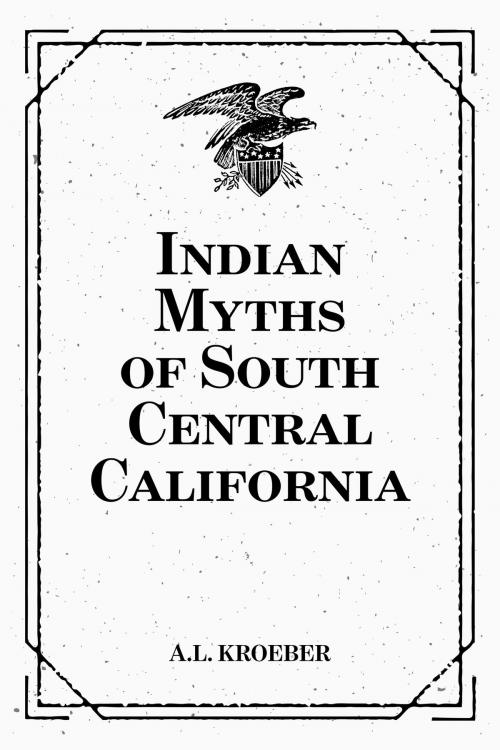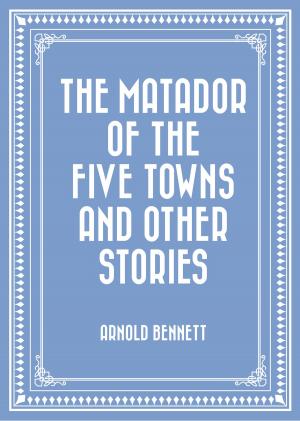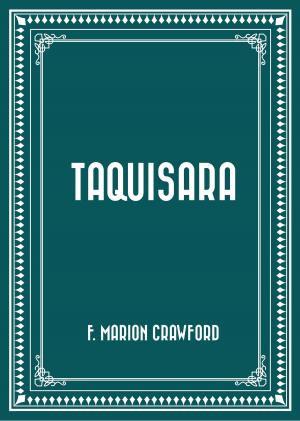Indian Myths of South Central California
Nonfiction, History, Americas, Native American, United States, Civil War Period (1850-1877), 19th Century| Author: | A.L. Kroeber | ISBN: | 9781518322365 |
| Publisher: | Krill Press | Publication: | December 3, 2015 |
| Imprint: | Krill Press | Language: | English |
| Author: | A.L. Kroeber |
| ISBN: | 9781518322365 |
| Publisher: | Krill Press |
| Publication: | December 3, 2015 |
| Imprint: | Krill Press |
| Language: | English |
Indian Myths of South Central California is a collection of some folklore of the tribes of south central California. From the intro:
California presents three principal ethnological divisions. First, in the extreme northwest of the state, bordering on the Pacific Ocean and Oregon, is a small area whose native culture is fundamentally isolated to an unusual degree. Second, in the region commonly known as Southern California, that is to say the territory south of Tehachapi pass in the interior and of Point Concepcion on the coast, there is some diversity of ethnological conditions, but the area as a whole is quite distinctly marked off from the remainder of the state. Third, there is the remaining two-thirds of the state, an area which has been called, in an ethnological sense, and in distinction from the Northwestern and Southern areas, the Central region. This central region consists of what is ordinarily known as northern California and central California, two areas of about equal extent lying north and south of the latitude of San Francisco. Northern California is constituted by the Sacramento valley and the adjacent portions of the Sierra Nevada and Coast Range; central California, by the San Joaquin valley and the parts of the same mountain ranges contiguous to it. The Sacramento valley drains southward, the San Joaquin valley northward. The drainage of both enters the ocean at San Francisco; so that the selection of this city to mark the separation of the northern odd southern halves of the Central region is not fortuitous.
Indian Myths of South Central California is a collection of some folklore of the tribes of south central California. From the intro:
California presents three principal ethnological divisions. First, in the extreme northwest of the state, bordering on the Pacific Ocean and Oregon, is a small area whose native culture is fundamentally isolated to an unusual degree. Second, in the region commonly known as Southern California, that is to say the territory south of Tehachapi pass in the interior and of Point Concepcion on the coast, there is some diversity of ethnological conditions, but the area as a whole is quite distinctly marked off from the remainder of the state. Third, there is the remaining two-thirds of the state, an area which has been called, in an ethnological sense, and in distinction from the Northwestern and Southern areas, the Central region. This central region consists of what is ordinarily known as northern California and central California, two areas of about equal extent lying north and south of the latitude of San Francisco. Northern California is constituted by the Sacramento valley and the adjacent portions of the Sierra Nevada and Coast Range; central California, by the San Joaquin valley and the parts of the same mountain ranges contiguous to it. The Sacramento valley drains southward, the San Joaquin valley northward. The drainage of both enters the ocean at San Francisco; so that the selection of this city to mark the separation of the northern odd southern halves of the Central region is not fortuitous.















